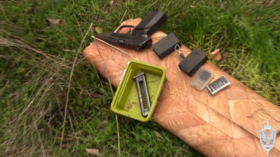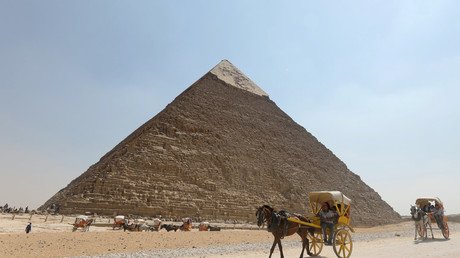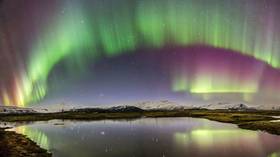Loch Ness researcher says one theory about monster ‘remains plausible’
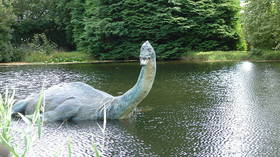
Nessie hunters may take heart from new scientific findings teased by a New Zealand researcher who conducted a major DNA study at Scotland’s infamous Loch Ness. The professor says one theory about the beast “remains plausible.”
Rumors about a mythical beast living in the depths of the large lake have persisted for years, inspiring a series of elaborate hoaxes and drawing huge numbers of visitors to Loch Ness in the hopes of catching a glimpse of the creature.
Professor Neil Gemmell, a geneticist at the University of Otago, and his team took hundreds of water samples from the lake during a research trip in 2018, and extracted some 250 DNA specimens.
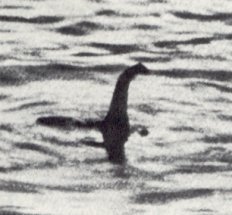
Gemmell said that of the four main theories surrounding the supposed existence of an enormous marine reptile inside the lake, the researchers have discounted most of them, “however, one theory remains plausible.”
He did concede that it’s unlikely any DNA from such a creature can be found in Loch Ness, but is refusing to reveal more ahead of an official press conference on his team’s findings at the Scottish site next month.
Also on rt.com ‘Nessie can’t hide from us all!’ Cryptid-hunters plan to storm Loch Ness, inspired by ‘Area 51 raid’The main purpose of the project was not to determine, for once and for all, the existence or otherwise of the Loch Ness monster but to showcase the research methods deployed by the team, Stuff.co.nz reports.
“Monster or no monster, environmental DNA – the technology we’re using – is a very exciting way to assess living species in a particular environment,” Gemmell said. “It’s very, very good in water.”
Think your friends would be interested? Share this story!






